Americans have a funny relationship with big. We are a big country: No. 4 by land mass, No. 3 by population, No. 2 in agricultural production, No. 1 in GDP. We are big people (the average American man is three inches taller than the average man in Brazil, Egypt, or Iran, and goodness knows how much heavier), we like big trucks and big houses, we have big ideas, big dreams, big plans. We do big things in a big way. Like the man said: We parked a car on the Moon and left the keys in it, because we know we’re the only ones who are going back up there.
But, then, we get weird about big: We sniff at Big Business and whatever subdivisions of the same we wish to demonize: Big Oil, Big Tobacco, Big Bigness. (That bias against big business is, I would like to say as plainly and directly as I can, stupid.) We valorize small businesses and the people who run them, which is fine—there is value in all kinds of enterprises—but if you run the numbers on what has driven U.S. economic growth, employment, wages, innovation, corporate profits, etc., you’ll see that it has been disproportionately large firms and startups that quickly grew into very large firms. Every country has the local tailor and the guys down at the farmers’ market, but not every country has Apple, Google, Microsoft, Amazon, Exxon, Oracle, Coca-Cola, etc.
Fun comparisons: Foods giant Nestlé has long been the most important global firm in Switzerland, with revenues that exceed one-tenth of Switzerland’s GDP and a market capitalization of about $256 billion (recently edged past by Roche), which wouldn’t even break the top 25 in the United States. Britain’s largest firm, AstraZeneca, would be even farther down the list, and the largest firm in the European Union, Novo Nordisk, wouldn’t break the top 10 in the United States. The biggest U.S. firms are in technology, finance, energy, and health care; the biggest firms in France are LVMH, which is Louis Vuitton et al., followed by Hermès and L’Oréal. Meaning no disrespect to the luxury goods and fashion industries, would you rather be the country whose major industries invent all the world’s cool technology and figure out how to profitably finance its deployment or the one whose biggest players are important and valuable second-tier firms that make expensive handbags?
And, for the longest time, populists left and right bitched and moaned about “big money” in politics. The case against “big money” in politics was made for many years with varying degrees of stupidity: The dumbest version of it maintained that corporations, special-interest groups, and others of that ilk simply bribed politicians to get their way. It isn’t that there isn’t any bribery in American politics, but there isn’t evidence that there is much of it.
The slightly less dumb, but not really all that much less dumb, version held that policy was driven by campaign donations, big lobbying budgets, and independent expenditures. That was never really broadly true, either: The NRA did not go out and just buy politicians, in spite of what you might have heard in great songs from the first year of the 21st century, and that isn’t what the NRA and other special-interest groups do today. Instead, what they mostly do is support politicians who support them and their agenda. The conspiratorial view gets the arrow of causality bass-ackward.
Nobody has to tell people running for office in Iowa that there are a bunch of people in the state who care a lot about issues related to corn and pork production any more than anybody has to tell people running for office in New York or California that there are a lot of influential people with strong opinions about how we tax income from private-equity and venture-capital investments. Successful politicians know their electorates: People in Jackson, Mississippi, are probably going to have views on police shootings that are different from those of the people in Aspen, Colorado, do—and their votes and donations will reflect that. Sometimes, they will pool their resources to press for certain policies, and often they will form organizations to do that on a long-term basis. Some of those organizations will spend a lot of money—and, if the issue is at all contentious (which it usually is, otherwise, you wouldn’t need to work so hard to get your way) there’s going to be another organization spending a lot of money on the other side. If you are a politician who wants to raise money on gun control, you can raise money either way: by supporting gun-control policies or by resisting them. That isn’t corruption, or anything like corruption.
The critique that gets closest to the truth is basically a kind of soft-Marxist class analysis: People of a certain breed are like dogs that know one another by smell, and the guy who works as a banking regulator spends all of his days around bankers and banking-adjacent people, thinking about banking issues, developing expertise in banking-related questions, etc. If he has 20 years of experience working as a bank regulator and decides he wants to go to the private sector and make some money, what is he going to do? Mow lawns? No, he’s going to put his banking expertise to work with the help of some of those banking contacts he has made over the course of his 20 years as a regulator.
While it is unlikely that he was playing a long game and entered the regulatory agency as a kind of sleeper agent for the bankers with the idea of getting a big payoff at the end, it certainly is the case that the possibility of such a payout was on his mind at certain critical moments, and probably always there in the back of his thoughts as his most likely career Plan B or Act II. But that kind of economic self-interest isn’t the only factor at work in bureaucracies, and it probably isn’t even the most important. It is natural, and possibly inevitable, that regulators who spend all their working hours in the company of people with adjacent professional lives—and similar interests, similar educations, similar social situations, working in a collegial way toward broadly shared goals, etc.—are going to adopt the point of view of the people they are supposed to be regulating.
We see this in journalism all the time: Put a cub reporter on the police beat and, six months later, he’ll be talking like a cop. Sometimes, that identification is explicit: Randi Weingarten hasn’t spent her career doing what’s good for education, she has spent it doing what is good for members of teachers’ unions—which isn’t the same thing at all. Usually, though, the identification is an unspoken thing. Sometimes, you get a radical Jacobin type in an important regulatory position—ask my libertarian friends about Lina Khan sometime—but your average USDA guy doesn’t hate farmers, and your exemplary bank regulator has been or will be a banker. He doesn’t need to be bribed to take a banker’s point of view toward regulation—it comes naturally to him.
Forgive me for taking such a circuitous route to get around to my point, which is this: Most of the stuff we used to say about the corrupting influence of money in politics was bumf to begin with, but changes in the way politicians communicate and raise money has made complaints about the nefarious effects of “big money” positively ridiculous. When Joe Biden finally decided to announce that he was checking out of the 2024 presidential race, the Biden-Harris campaign had about $96 million in cash on hand. That’s a big pile of money—but Harris and her team raised more than $200 million in the first few days after she became the presumptive nominee. They didn’t do that by asking a couple of rich Democrats to write big checks—our campaign finance laws make that pretty much impossible. (Elon Musk can still put $45 million a month into a PAC as a thank you to the Trump campaign for choosing former Silicon Valley moneyman J.D. Vance as his VP nominee if he wanted to, but he can’t give that money to the Trump campaign.) Harris et al. did a bunch of Zoom calls, at least one of which reportedly hit 160,000 participants. In 2024, you don’t need 50 rich guys on your team when the right kind of candidate can raise $1 billion $20 at a time. Again, ours is a big country: If your fundraising universe is only 1 percent of Americans, you only have to get an average donation of about $295 to raise $1 billion. That isn’t a big ask, even for people who aren’t super-rich.
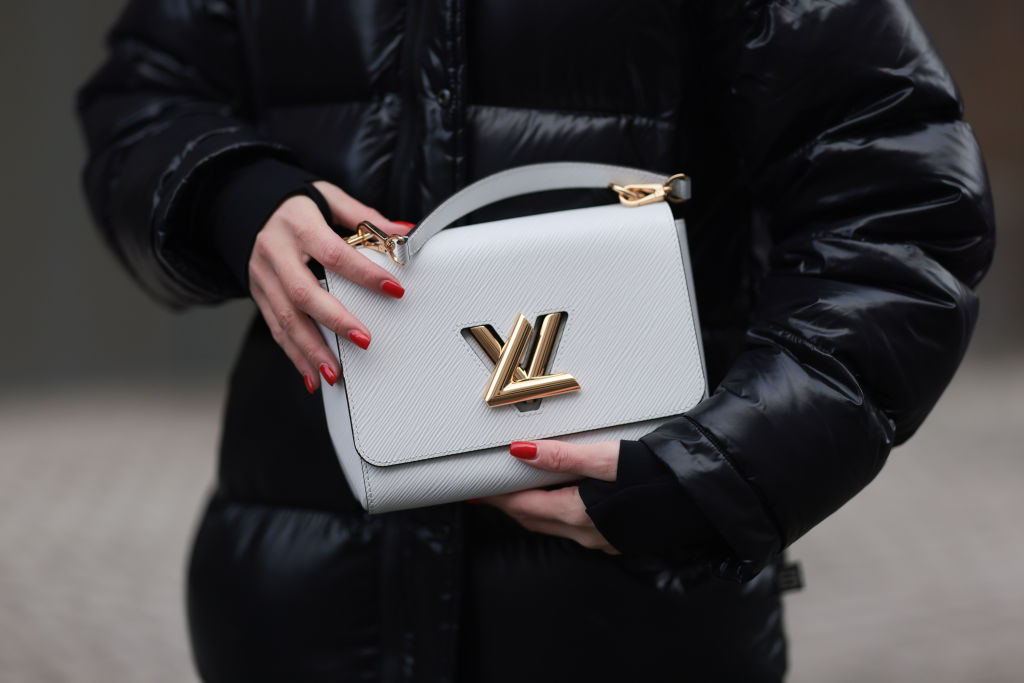
Which brings me back to those expensive handbags mentioned above in what you probably assumed was a casual disgression.
Here’s an interesting bit of news for all you Fifth Avenue shoppers: The company that owns Saks Fifth Avenue is buying Neiman Marcus, which also owns Bergdorf Goodman, Saks’ more aristocratic neighbor down the street. Amazon is part of the deal. There’s some interesting economics at work there, but the basic motive force is that the big retailers feel the need to gang up against the brands.
The consumer goods business has undergone a change that is in many ways parallel to what’s happening with party politics. In the cachet and prestige market, big stores such as Saks and Neiman Marcus, and even snootier ones such as Bergdorf, don’t have anything like the social status of the brands they stock. The markup on the handbag doesn’t come from the fact that it is on display at Saks but from the fact that it says “Prada” or whatever on the side. Luxury goods firms know this—there’s a reason LVMH is the largest company in France and the second-biggest company in the European Union, and it is not run by fools—and so they have for years been trying to capture a bigger piece of the final sales price for themselves. Many of them have established or expanded their own retail infrastructures and increased online sales directly to consumers. So, while retailers are the brands’ partners, they are also their competitors.
It’s a weird business, but one thing to keep in mind is that, as in the case of politics, it’s less of a big-money thing than you might expect: Tom Ford doesn’t make money selling a few $5,000 tuxedos every year—Tom Ford makes money selling a whole lot of $200 bottles of perfume, sunglasses, and other relatively low-priced items, by which I mean items that may be expensive for their category but that do not represent enormous financial commitments for consumers. A typical Hermès tie costs less than $300, which is more than you’d pay at Brooks Brothers but isn’t your monthly mortgage payment, either.
In this model, the politicians are the brands and the parties are the department stores. Consumers’ loyalty increasingly is to the politician-brand, not to the institution that provides the brand with some shelf space, inventory support, and other boring business services. Donald Trump is, of course, the nonpareil example of this in recent history, a man who often was running against the Republican Party more than he was carrying its banner. But Barack Obama practiced a very similar sort of politics: His brand thrived while he was in office, but his tenure was disastrous for Democrats at every level other than the presidency, with Obama’s party losing more House and Senate seats, more state legislature seats, and more governorships than under any other president. He was the Hermès handbag of Democratic presidents, and the party was, to abuse the metaphor, more of a Bloomingdale’s, maybe even a Macy’s.
(The relative snootiness of New York City department stores provided the basis for one of the great studies in the field of sociolinguistics.)
The emergence of brand as a factor superior to all others hasn’t always been good for consumer goods (note the gaudy branding that now disfigures the offerings of formerly reserved makers such as Loro Piana) and it hasn’t been good for politics, either, in that it encourages (and all but demands) an approach that relies on personality cults and celebrity. Think of the way even a non-elected political figure such as Ruth Bader Ginsburg was reduced to a kind of logo or brand (“the Notorious RBG”) and an accessory (the lace collar), which may have made her an icon (in a literal sense) but did nothing at all to further the dissemination of her legal philosophy and may even have impeded it. To the vast majority of the public, Ruth Bader Ginsburg doesn’t represent a legal philosophy at all—she represents a mood. The phenomenon is even more intense for elected officials and for those who hope to become elected officials. Trump is anything but a package of policies, and he has bounced from one position to another even on issues that people in his orbit say they care a great deal about, such as gun rights, abortion, and immigration.
As cartoonist and collector of propaganda posters Ted Rall writes in the Wall Street Journal:
Kamala Harris’s presidential campaign is days old, and she’s already a social-media superhero. Memes and T-shirts depict her as Captain America, Wonder Woman, a member of the Incredibles. Facebook Democrats are sharing Kamalized images of Rosie the Riveter and the Statue of Liberty. Democrats are donating like mad and attempting to create a cult of personality.
Kamala Harris, for her part, isn’t going to raise the money she needs to run her race by offering the market PowerPoint presentations on highly detailed policy white papers. She is going to be icon-ized, logo-ized, and branded. And as she goes about doing that, she doesn’t have any real incentive to do what is in the long-term interest of her party. The Democratic Party itself has many incentives to look after its own interests but has little real power to do so—if it were otherwise, we’d be talking about the presidential campaign of Gretchen Whitmer or Josh Shapiro.
Like the retailers, the parties used to be able to deal with the brands from a position of strength, because they controlled the money. They had the infrastructure and the relationships that facilitated transactions between consumers and brands. The party apparatus was where political business was done and how political business was done. But that business has moved to a more online, direct-to-consumer model. That may have some good effects, but it also will have—is having, already has had—some profoundly destructive ones. Harris might make a pretty good meme—but what makes a good president is something else.
Words About Words
This week’s entry will take the form of a correction from last week: The surname of the oleaginous pastor in Houston is Osteen, not Olsteen. The erroneous Olsteen has, to my ear, a kind of Norski sound, like Olsen. Osteen, on the other hand, is an Anglo-Irish name, sometimes written O’Steen but more commonly seen in the Anglophone world in the familiar variant Austin.
Surnames have a way of changing, and had more of a way of doing so before modern recordkeeping and standardization in spelling. Charles Hardin Holley became famous as Buddy Holly, which was probably just simplification for the sake of marketing, but we also see spellings change as people move around and adopt the local norms of pronunciation and orthography. Cartier sells jewelry, and Carter sold little pills, but the names come from the same background, with Carter being the Anglicization of the French surname.
There were a couple of different routes to Austin. Some Austins are really Augustins or Augustines or Aostins, a French name that arrived in the British Isles with the Normans and probably provided the attractive example for the evolution of Osteen to Austin.
And if you are looking for an O’Steen and an Augustine in the same spot, try Florida.
No
“Is This What Moving Toward Stability Feels Like?” The New York Times wants to know.
And Furthermore
Among the many deficiencies of this Henry Olsen column is its omission of the word immigration, which is about 70 percent of what this is all really about.
Economics for English Majors
Do read Guy Trebay’s New York Times write-up of the underlying economics of Tom Ford, along with Jeannette Neumann’s recent Bloomberg report on the Saks-Neiman deal.
Elsewhere …
You can buy my most recent book, Big White Ghetto, here.
You can buy my other books here.
You can see my New York Post columns here.
Please subscribe to The Dispatch if you haven’t.
You can check out “How the World Works,” a series of interviews on work I’m doing for the Competitive Enterprise Institute, here.
In Closing
August 1 is the Christian holiday of Lammas, traditionally celebrated in the British Isles and northern Europe. Like Easter and Christmas, it is a Christian holiday with obviously pagan roots—a first-fruits celebration. From James George Frazer:
The first of August is our Lammas Day, a name derived from the Anglo-Saxon hlafmaesse, that is, “Loaf-mass” or “Bread-mass,” and the name marks the day as a mass or feast of thanksgiving for the first-fruits of the corn-harvest, which in England and Ireland usually ripen about that time. The feast “seems to have been observed with bread of new wheat, and therefore in some parts of England, and even in some near Oxford, the tenants are bound to bring in wheat of that year to their lord, on or before the first of August.” But if the festival of the first of August was in its origin an offering of the first-fruits of the corn-harvest, we can easily understand the great importance which the ancient Irish attached to it, and why they should have thought that its observance ensured a plentiful crop of corn as well as abundance of fruit and milk and fish, whereas the neglect of the festival would entail the failure of these things and cause the hair of their kings to turn prematurely grey. For it is a widespread custom among primitive agricultural peoples to offer the first-fruits of the harvest to divine beings, whether gods or spirits, before any person may eat of the new crops, and wherever such customs are observed we may assume that an omission to offer the first-fruits must be supposed to endanger the crops and the general prosperity of the community, by exciting the wrath of the gods or spirits, who conceive themselves to be robbed of their dues. Now among the divine beings who are thus propitiated the souls of dead ancestors take in many tribes a prominent or even exclusive place, and that these ancestors are not creations of the mythical fancy but were once men of flesh and blood is sometimes demonstrated by the substantial evidence of their skulls, to which the offerings are made and in which the spirits are supposed to take up their abode for the purpose of partaking of the food presented to them. Sometimes the ceremony is designated by the expressive name of “feeding the dead.”
One of the things I especially like about Frazer is his insistent reminder to readers that ancient superstitions we find quaint or savage were nurtured and practiced—and cherished—by people who were, in every important particular, exactly like us. These superstitions simply represented the best thinking of the time. They were, in an important sense, the earliest progenitors of science in that they were the beginning of the attempt to systematically apply generally understood principles (false ones, but they didn’t know that at the time!) to specific problems and questions. That’s how it went, for a very long time: “The crops were good last year, and they were good the year before, but they failed this year, and now a lot of us are going to starve. What was different about this year?”
What’s interesting is that they generally came up with the same answer we so often do: that there was something wrong with the king, that he was spiritually or morally defective or that age and sickness had sapped his ability to bless the people through his own person.
So, bake a loaf of bread and laugh at your primitive ancestors on Lammas. Somewhere, they are laughing back at you.

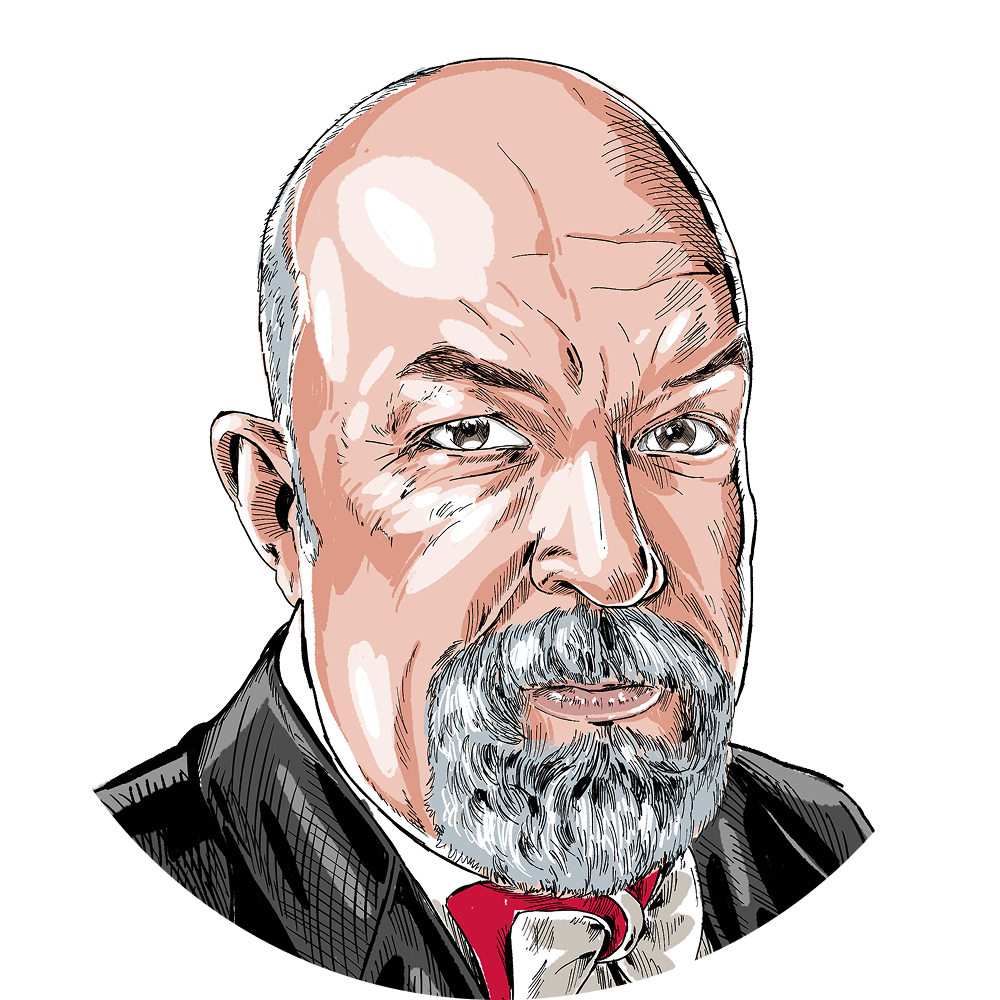
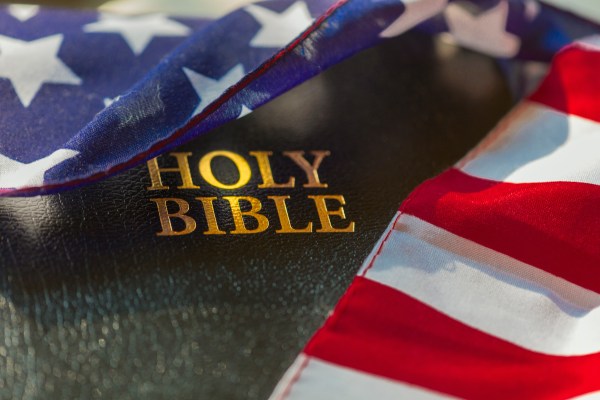


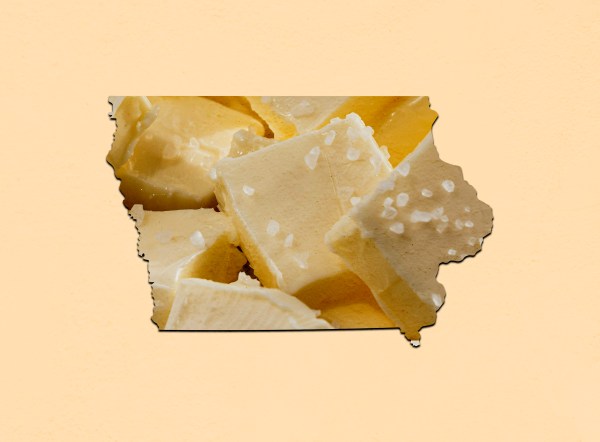
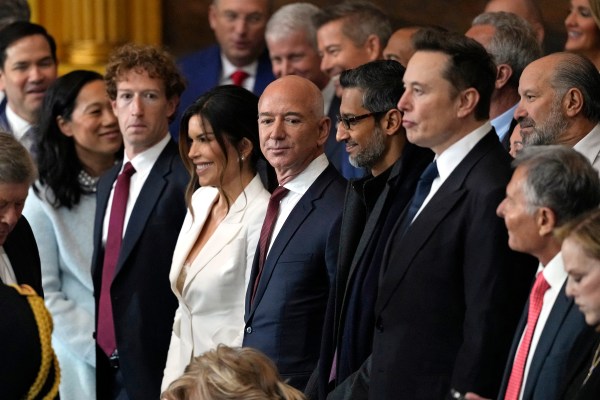



Please note that we at The Dispatch hold ourselves, our work, and our commenters to a higher standard than other places on the internet. We welcome comments that foster genuine debate or discussion—including comments critical of us or our work—but responses that include ad hominem attacks on fellow Dispatch members or are intended to stoke fear and anger may be moderated.
With your membership, you only have the ability to comment on The Morning Dispatch articles. Consider upgrading to join the conversation everywhere.